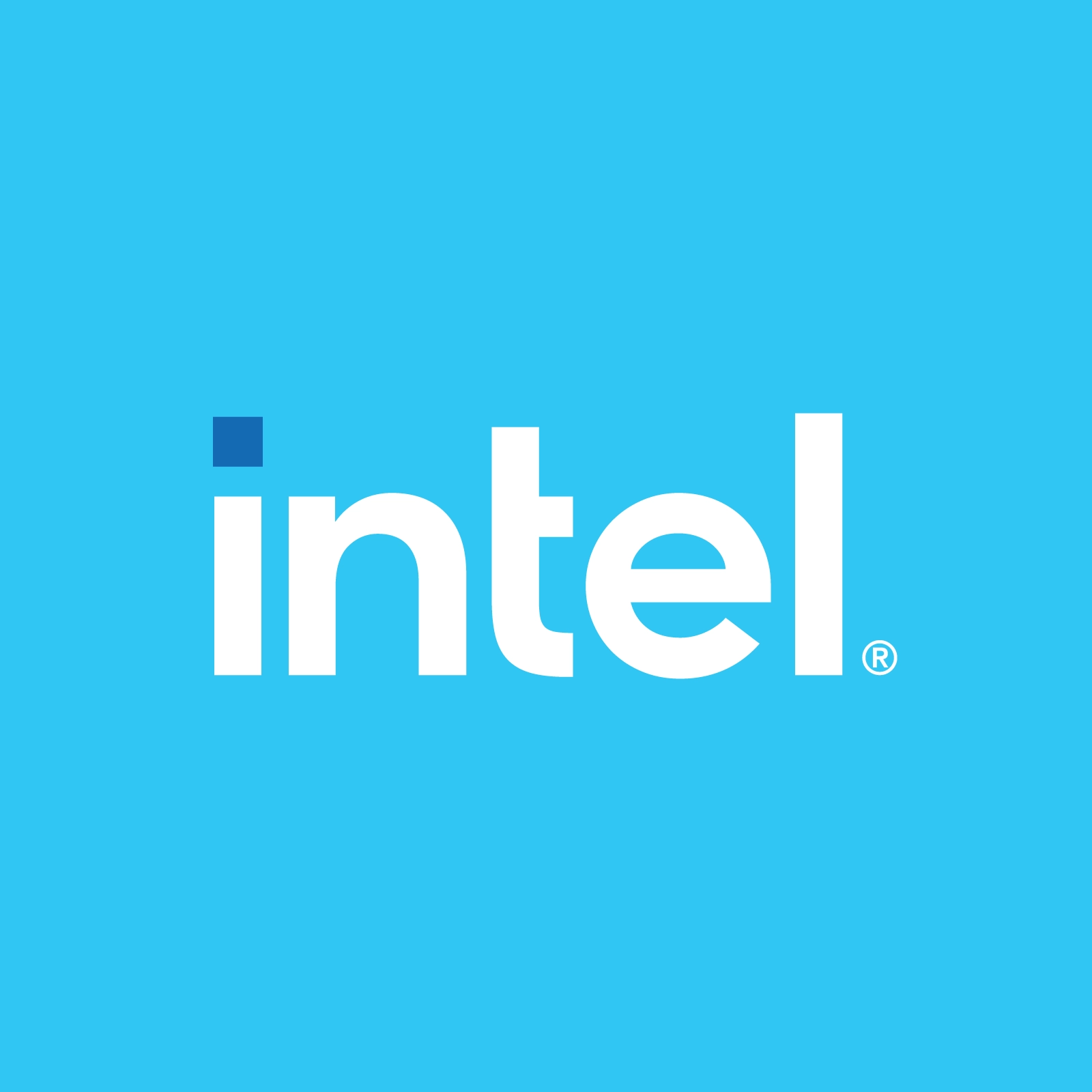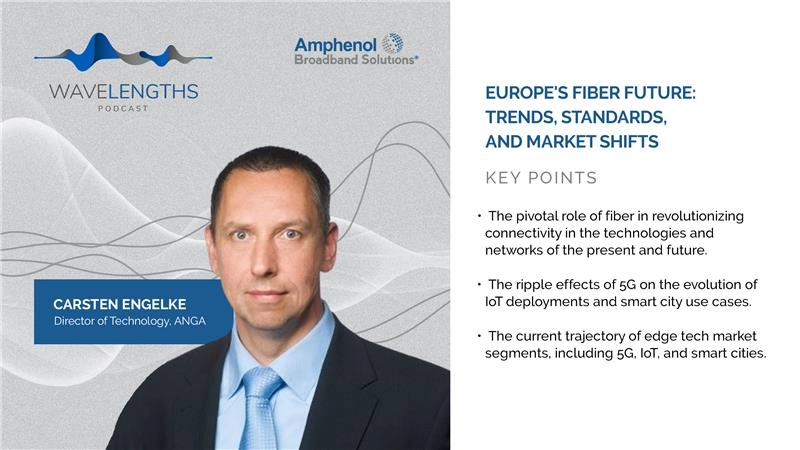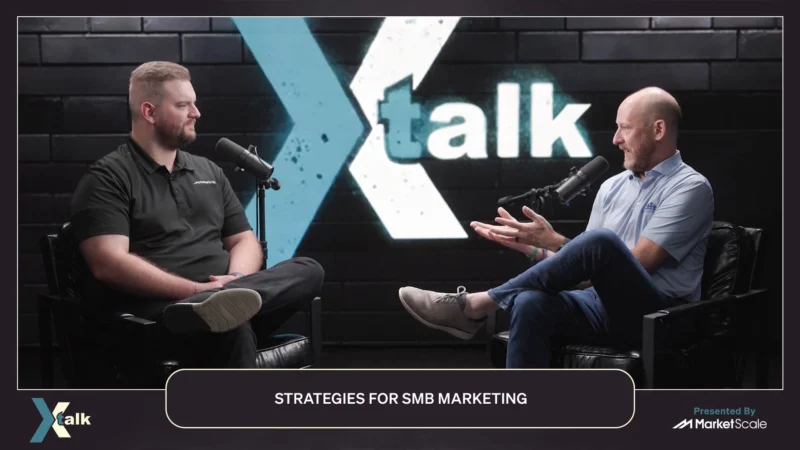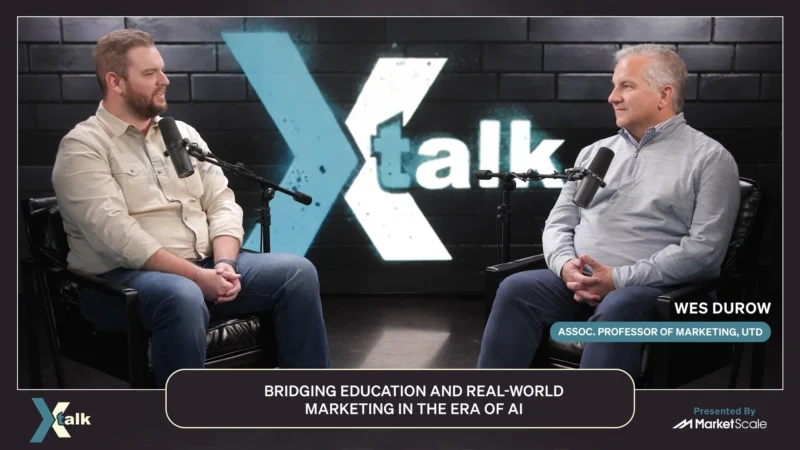The N50 Project — Facilitating Worldwide Connectivity for the Next 50 Percent of the Globe
Even in today’s digital era, connectivity remains an issue for many individuals. Studies have shown that most of the world has access to a 3G network (at minimum), yet 3.4 billion people choose not to connect to the internet. How are digital companies spurring the movement to connect those in the far-reaching corners of the world? On today’s episode of To the Edge and Beyond by Intel, Host Gabrielle Bejarano speaks with Geeks Without Frontiers CEO David Hartshorn and Intel Education Vertical Director Daniel Gutwein to talk specifics on the evolution of the N50 Project and how Intel has been working with a variety of other organizations to deliver connectivity and break down the barriers of digital literacy worldwide.
Hartshorn explained how N50 started to identify the underlying issues barring individuals from connectivity. The first community that he listened to was a rural community in Zambia. Education access was their priority. “If the digital world has solutions that can enable that, then we’re all in,” he explained.
Hartshorn said they started trying to reach out to local digital education companies, and that’s when they found one called Mwabu. Intel and Geeks Without Frontiers began holding weekly meetings with Mwabu and about one dozen other companies to facilitate implementing digital literacy in the Zambian community. From there, it took off—the community was soon asking for a health provider; the N50 Project found a provider who is now providing services to local clinicians. Now, the partnership is working toward providing animal husbandry resources for the village.
“As long as this community has needs that they come to us with…we’re going to see if we can leverage network access and digital solutions to help them achieve those objectives as a community,” Hartshorn explained.
The N50 team has shown that they can be adaptive and agile in a constantly changing world. Gutwein discussed how the team ended up building portable communication centers for Ukrainian refugees at the start of the war. “We just got our team together—pulled in several companies from the N50 Project—and said, ‘Hey, here’s an idea. They need communications and they need power. Let’s put together some portable communication centers…’ in four weeks and two days, we actually went from a concept to design to procuring equipment to building and delivering 18-foot containers fully outfitted with 5G, capability for satellite backup, generated solar power via a charging wall on the outside…”
As for the future of N50, Hartshorn said they are looking at the broader mission of amplifying community resilience through preparedness with digital connectivity.
Hartshorn encourages companies interested in participating in the project to reach out and visit www.n50project.org or reach out to David at david@geekswf.org. You can connect with Dan Gutwein on LinkedIn.
Subscribe to this channel on Apple Podcasts, Spotify, and Google Podcasts to hear more from the Intel Network and Edge Solutions Group.




